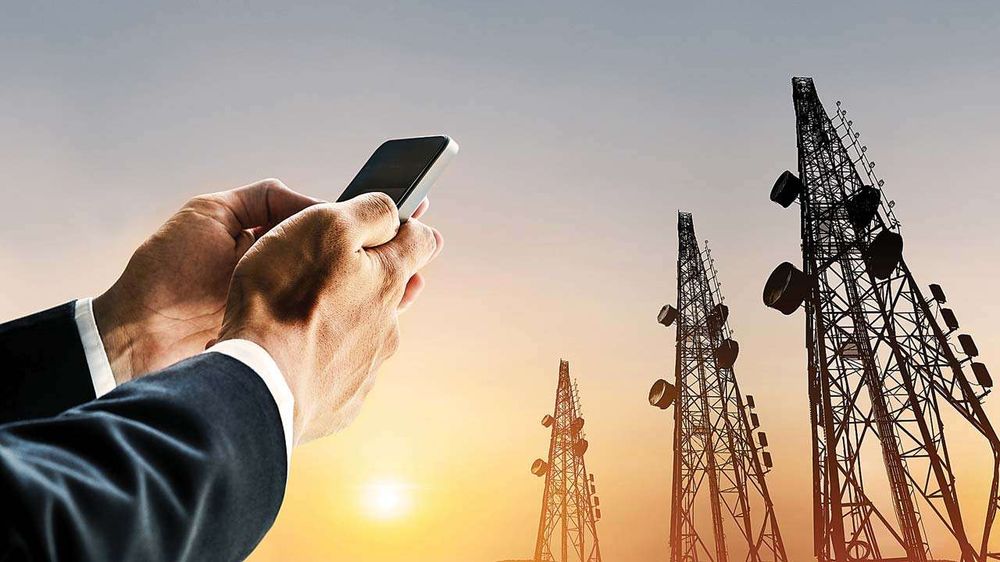
Telenor, Zong and Ufone have missed most of the key performance indicators (KPIs) set in their license and applicable regulations, revealed an independent quality of service survey carried out by Pakistan Telecommunication Authority (PTA).
PTA has released the findings of the independent survey carried out in the 3rd & 4th Quarters 2019 to check the Quality of Service (QoS) of Cellular Mobile Operators (CMOs) from September to December 2019 in twelve (12) different cities of Balochistan, Khyber Pakhtunkhwa, Punjab, Sindh and Azad Jammu Kashmir.
The names of these cities are:
The performance of data services of CMOs has been checked by measuring User Data Throughput and Signal Strength (i.e. Received Signal Code Power (RSCP) for 3G and Reference Signal Receive Power (RSRP) for 4G.
ALSO READ
PTA Suspends 5G Trials for Zong and Jazz
The signal strength KPI defines Received Signal Code Power (RSCP) for 3G and Reference Signal Receive Power (RSRP) for 4G and denotes the power measured by a receiver on a particular physical communication channel. It is used as an indication of signal strength, as a handover criterion, in downlink power control, and to calculate path loss”.
RSCP of 3G Network of all CMOs was observed to be greater than -100 dBm with 90 percent confidence. RSRP of 4G Network falls short of the minimum threshold (-100 dBm with 90 percent confidence) both in urban and rural areas. Telenor and Zong failed to achieve the desired threshold in Rural Areas.
Grade of Service is the probability that the end customer cannot access the mobile services when requested if it is offered by the display of the network indicator on the mobile phone. In simple words, Grade of Service is Network Blocking”. Telenor failed to meet this threshold value (Threshold: ≤ 2%) in both rural and urban areas. Ufone was unable to achieve the desired threshold in urban areas.
Service Accessibility is the probability that the user can access the desired service. A given network’s accessibility is a precondition for this phase. Telenor failed to achieve the criteria (Threshold: > 98%) of Service Accessibility in both urban and rural areas.
Call Connection Time is the time between sending of complete call initiation information by the caller and in return receipt of call setup notification. In simple words, it is the time between dialing a number and hearing a ring-back tone. Zong failed to achieve the benchmark (Threshold: ≤ 6.5 sec) of Call Connection Time of 6.5 seconds.
Call Completion Ratio is the probability that a service, once obtained, will continue to be provided under given conditions for a given time duration or until deliberately terminated by either caller (A-party) or receiver (B-party). In simple words, this KPI provides information about Call Drops. Telenor failed to meet the threshold value of 98 percent.
Inter System Handover is the measurement of successful Handover in 3G/2G for Circuit Switched Voice. Ufone failed to meet the threshold value of 98% in urban areas. Zong failed to meet the threshold value of 98% in rural areas.
The performance of SMS services of CMOs has been checked by measuring SMS Success Rate and End-to-End SMS Delivery Time Key Performance Indicators (KPIs).
SMS Success Rate is the probability that the short message is delivered successfully, end-to-end when requested and display of the relevant information on the mobile phone. It provides information about the successful delivery of SMS. SMS Success Rate of Telenor and Ufone were observed below 99 percent in urban areas.
End-to-End SMS Delivery Time is the time between sending a short message to a short message center and receiving the very same short message at the intended mobile phone (receiver). It provides average time taken for delivery of short message from sender to recipient. All CMOs are meeting the threshold for End-to-End SMS Delivery Time of 12 Seconds.
User Data Throughput KPI defines user data rate (Internet speed) to be provided by CMOs to mobile users across the coverage areas. User data “throughput” of 3G services needs to be higher than the threshold value of 256Kbps while User data “throughput” of 4G services should be higher than the threshold value of 2Mpbs. All networks passed the test.
The performance of voice services of CMOs has been checked by measuring Network Down Time/Network Accessibility, Grade of Service, Service Accessibility, Call Connection Time, Call Completion Ratio, End-to-End Speech Quality and Session Abnormal Release Rate Key Performance Indicators (KPIs).
“The probability that mobile services are available to an end customer display of the network indicator on the mobile equipment”. The CMOs have met the threshold value of Network Accessibility.
End-to-End Speech Quality is the degree of speech quality that a listener perceives at the terminal/mobile with a talker at the other end. In simple words, it provides information about the clarity of voice. Mean Opinion Score (MOS) of CMOs was found to be above the threshold value of 3.
You can read the survey here.